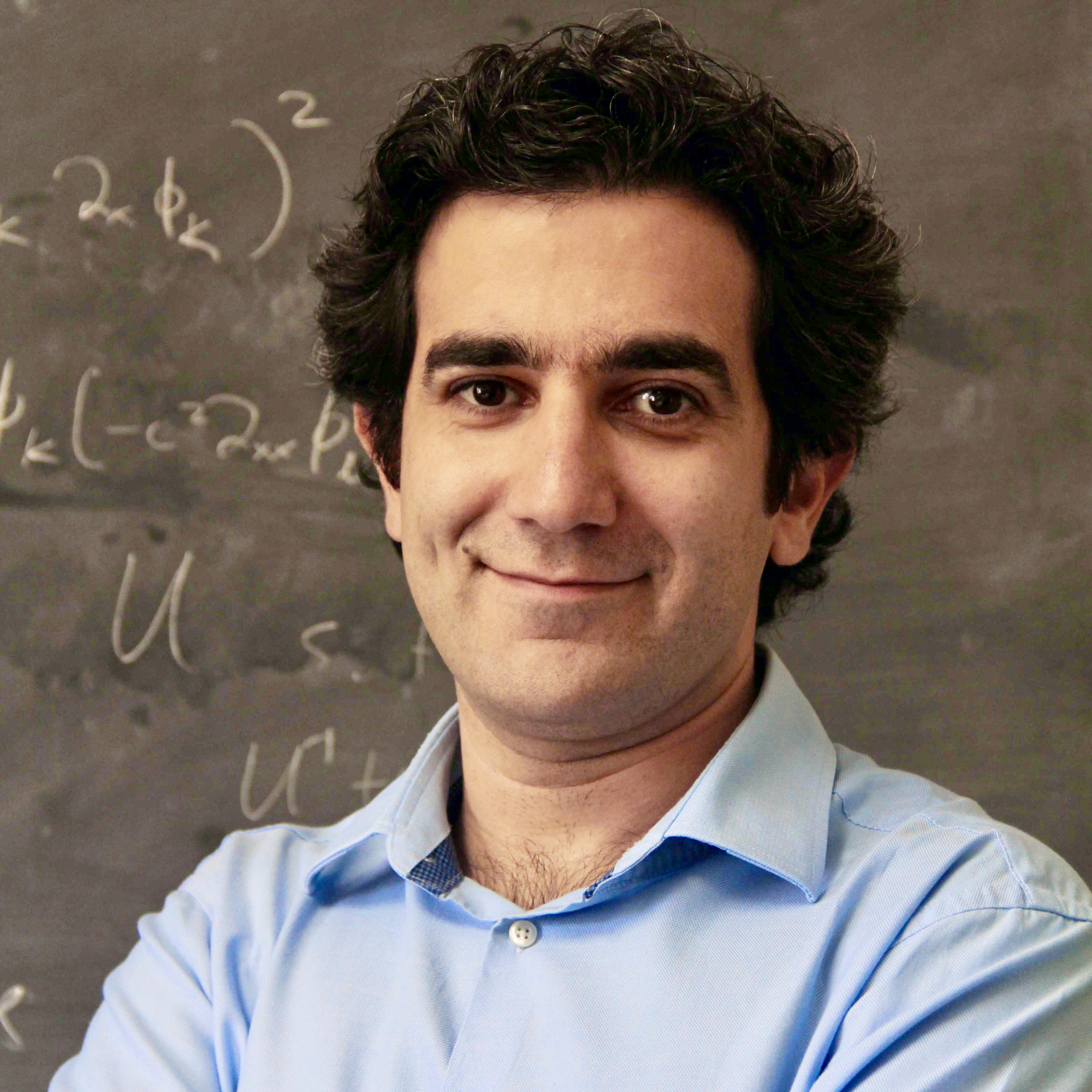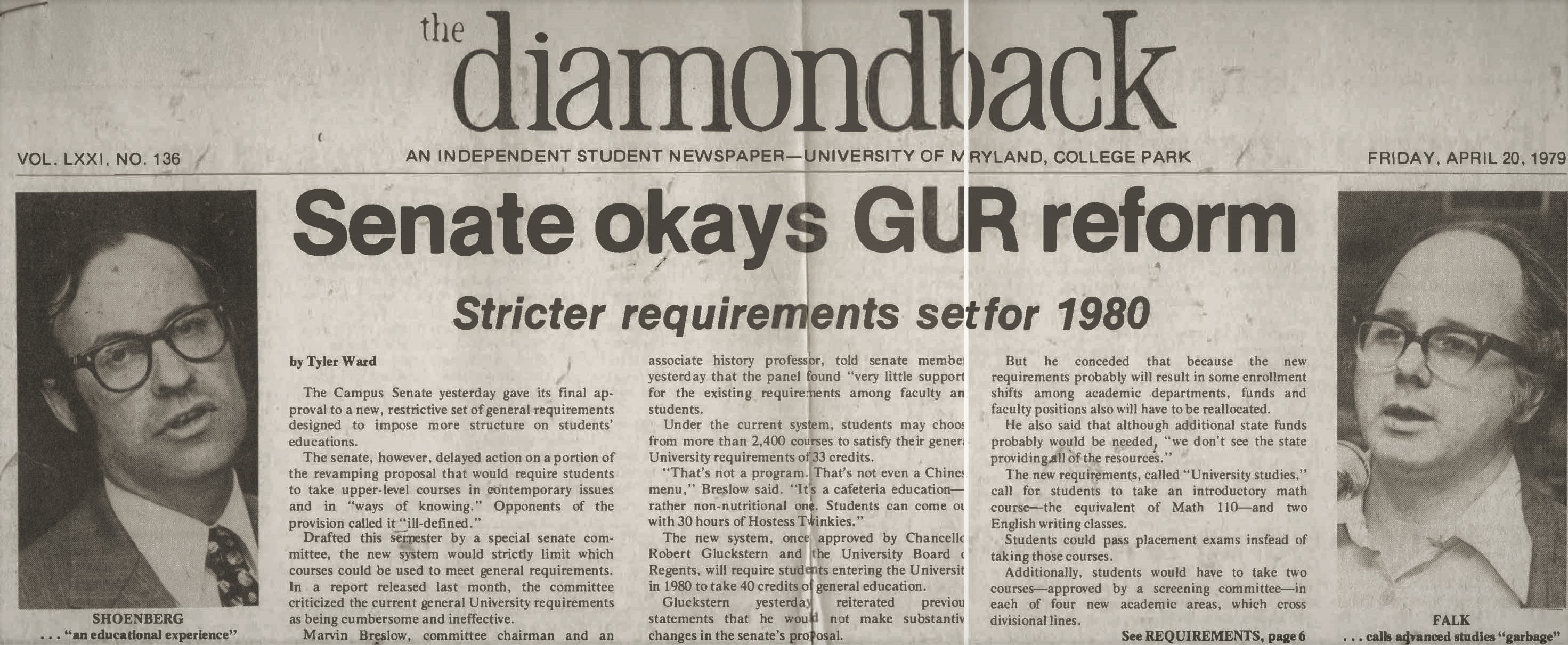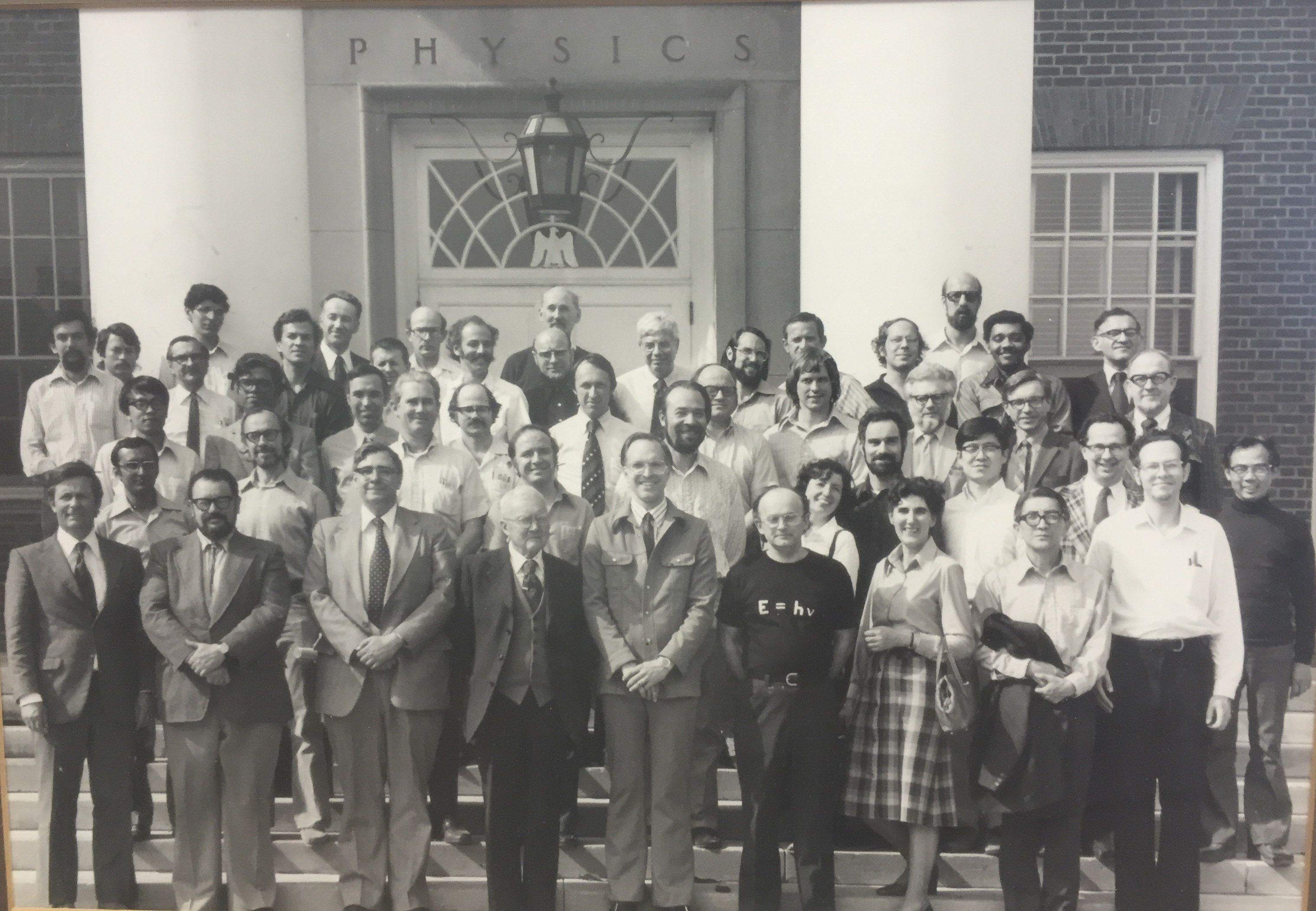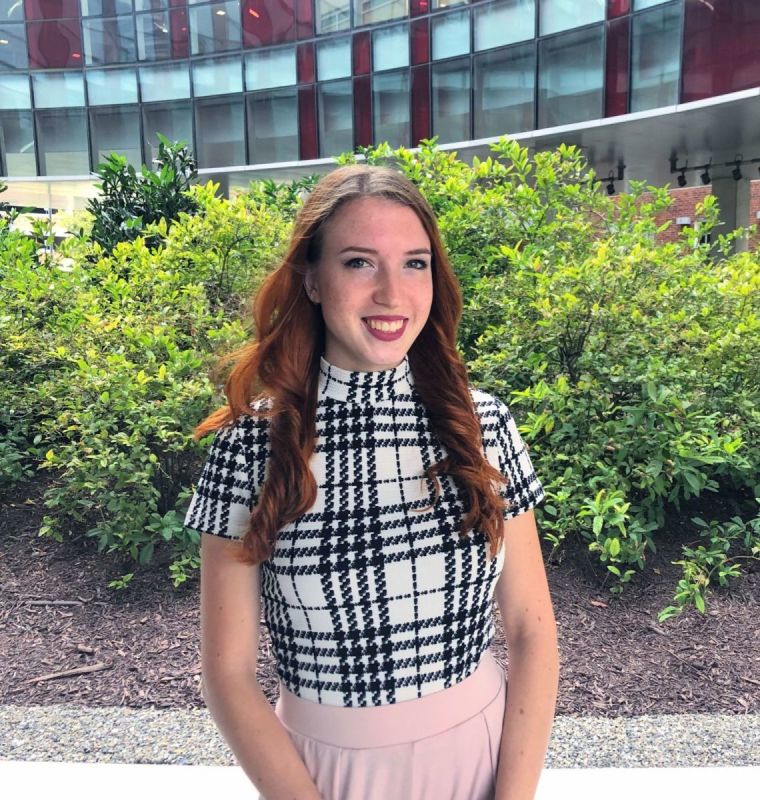Hafezi Named Simons Investigator
- Details
- Published: Tuesday, June 30 2020 05:33
Associate Professor Mohammad Hafezi has been named a 2020 Simons Investigator in Physics by the New York-based Simons Foundation. Simons Investigator Awards in Mathematics, Physics, Astrophysics and Computer Science support outstanding theoretical scientists in their most productive years,  Mohammad Hafeziwhen they are establishing creative new research directions, providing leadership to the field and effectively mentoring junior scientists.
Mohammad Hafeziwhen they are establishing creative new research directions, providing leadership to the field and effectively mentoring junior scientists.
Hafezi holds appointments in the Department of Electrical and Computer Engineering and Department of Physics, is a fellow of the Joint Quantum Institute and is a member of the Institute for Research in Electronics & Applied Physics, and Quantum Technology Center. He is known for his contributions in a number of works to synthesize and characterize quantum many-body and topological physics beyond electronic systems. Examples of his contributions include cold atoms, and superconducting qubits and photons, which have helped shape the field of topological photonics. Some of his current interests include efficient characterization and probing of many-body properties in quantum simulators. His research group is currently exploring the application of quantum optics to create, probe and manipulate correlated electron systems.
Simons Investigators are appointed for an initial period of five years with the option for renewal for an additional five years, upon the evaluation of scientific impact of the Investigator. An Investigator receives research support of $100,000 per year, and an additional $10,000 per year is provided to the Investigator’s department.
Prof. Christopher Jarzynski was also named a 2020 Simons Fellow, as were Jacob Bedrossian of the Department of Mathematics and the Center for Scientific Computation and Mathematical Modeling and Professor Leonid Koralov of the Department of Mathematics.



